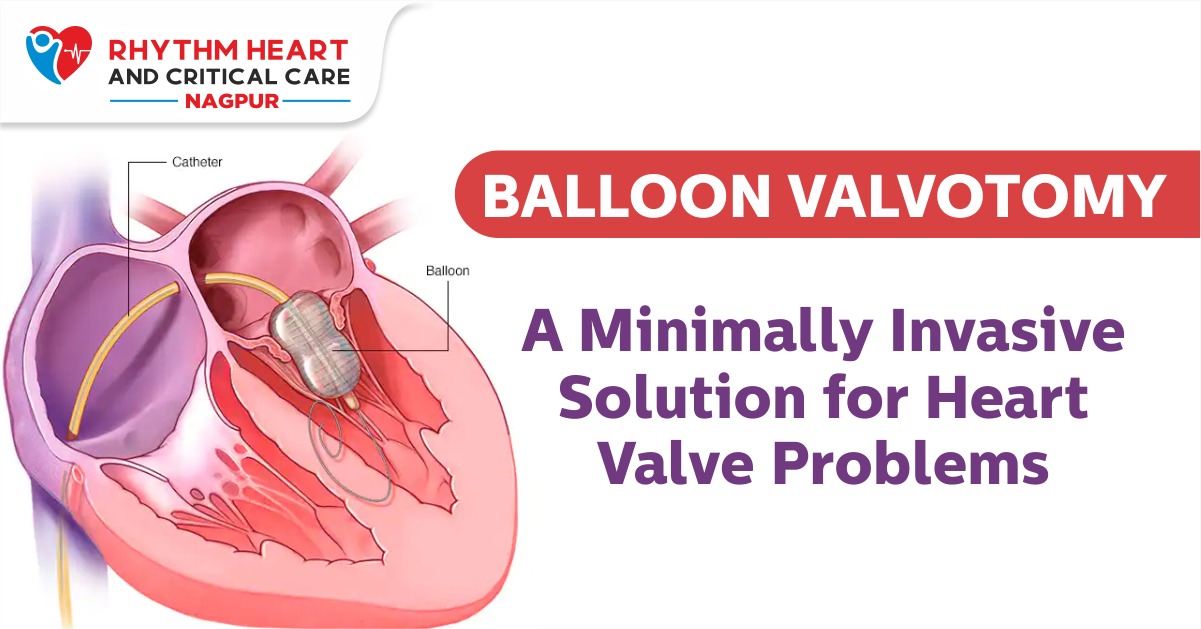Introduction Heart valve disorders can be a significant threat to one's cardiovascular health, causing symptoms like chest pain, shortness of breath, and fatigue. Among the various treatment options available, balloon valvotomy stands out as a minimally invasive procedure that offers...

Prevention of Chronic Thromboembolic Pulmonary Hypertension (CTEPH)
Pulmonary hypertension cannot be cured, but treatments can reduce your symptoms and help you manage your condition.If the cause is identified and treated early, it may be possible to prevent permanent damage to your pulmonary arteries, which are the blood...
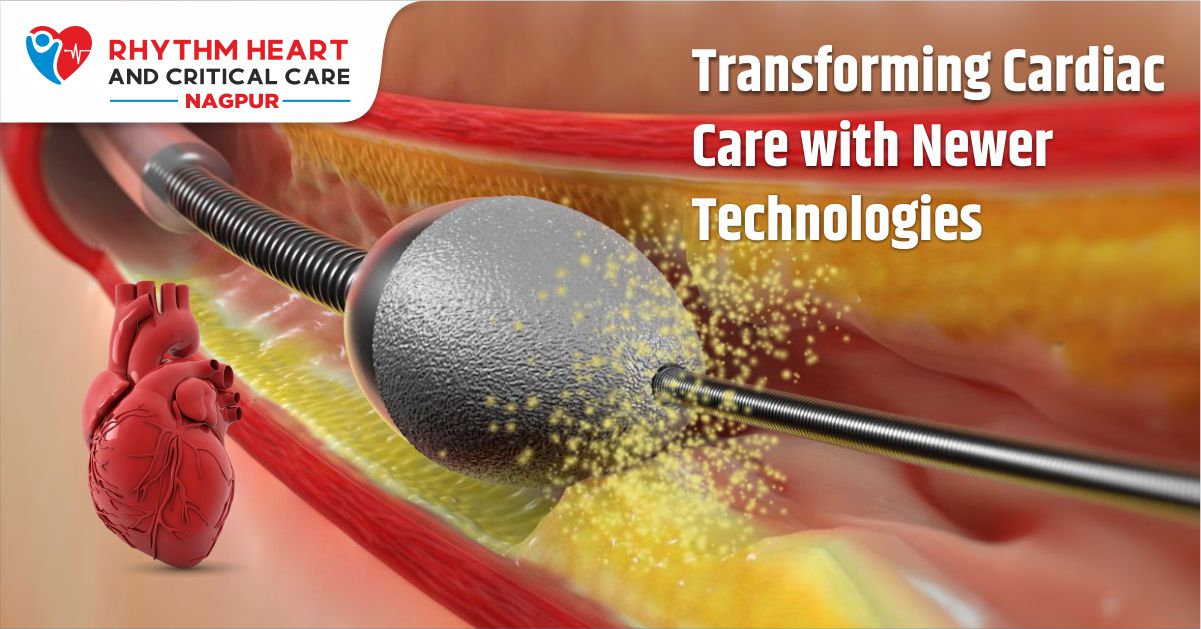
Transforming Cardiac Care with newer technologies at Rhythm Heart and Critical Care
Mrs. Shalini is 82 years old female from Gadchiroli presented with chest pain and shortness of breath. On further examination, she had heart attack on ECG, she underwent angiography which showed 90% blockages with calcification. Her angioplasty was attempted but...
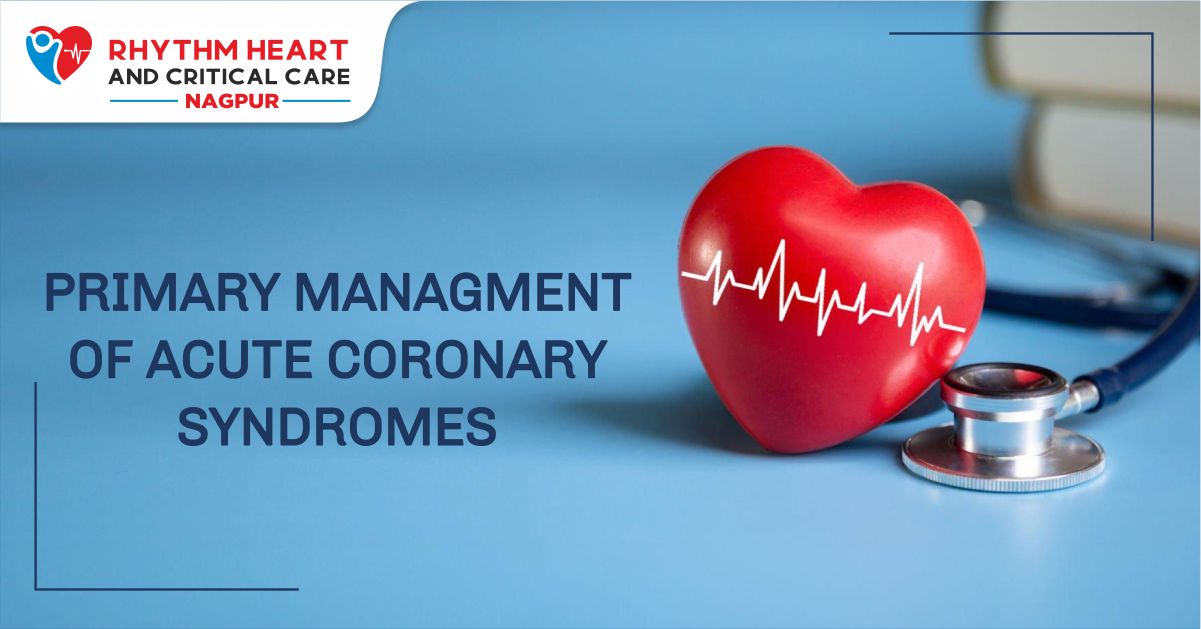
Acute Coronary Syndromes
Acute Coronary Syndromes (ACS) refers to the group of clinical syndromes which include along with acute myocardial ischemia (AMI), unstable angina (UA), ST-segment elevation myocardial infarction (STEMI) and non-ST-segment elevation myocardial infarction [NSTEMI). These group of clinical symptoms are high-risk...
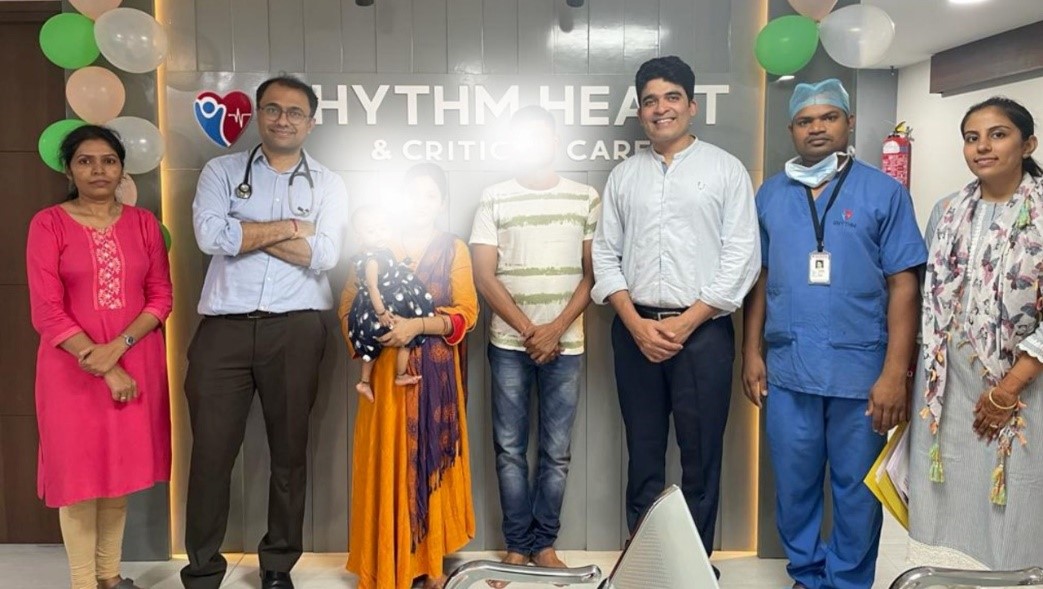
PDA – Casestudy 7 month baby
Heart Disease in Children are more Challenging to Manage. A persistent opening between the two main blood arteries emerging from the heart is known as the patent ductus arteriosus (PDA). The ductus arteriosus, an ordinary opening in a baby's circulatory...
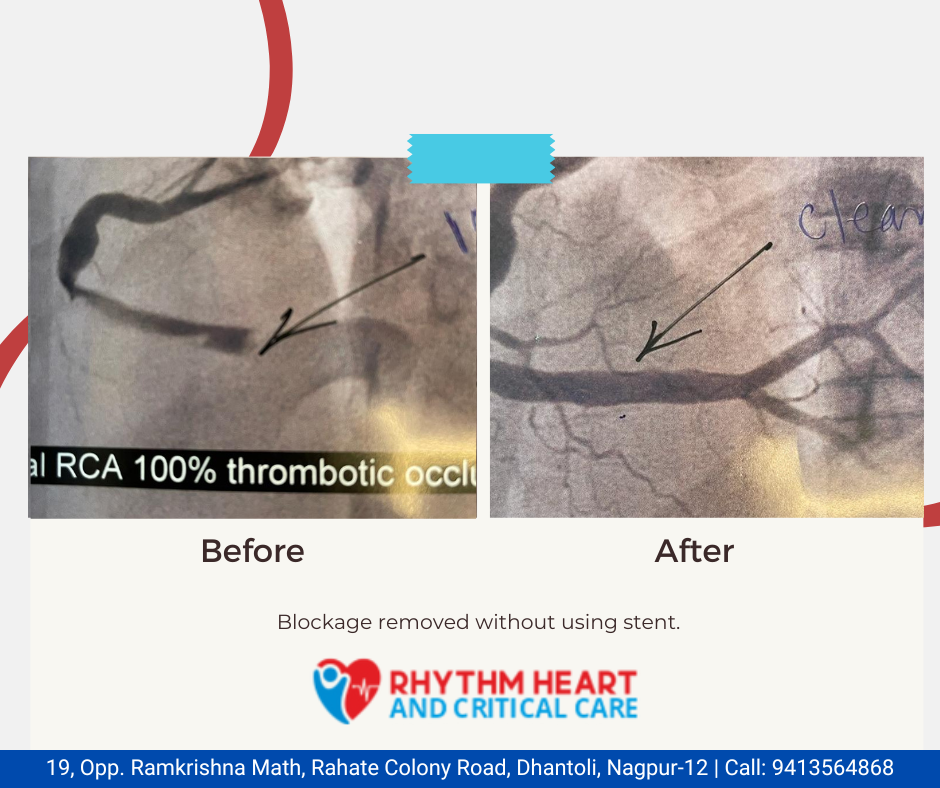
New Success story – Blockage removal without Stent
A success story with a special mention for this latest medical technology in cardiac care.This young male presented with an acute heart attack, and with Angiography revealing 100% blockage -the Blood clot was aspirated using a special catheter. The Blockage...
3rd Floor, Plot no. 19, Opp. Ramkrishna Math, Beside Kalimata Temple, Rahate Colony Road, Dhantoli, Nagpur -12
Call Us
+91 9413564868 / 08048036442 / 0712244728
rhythmheartcarecentre@gmail.com

